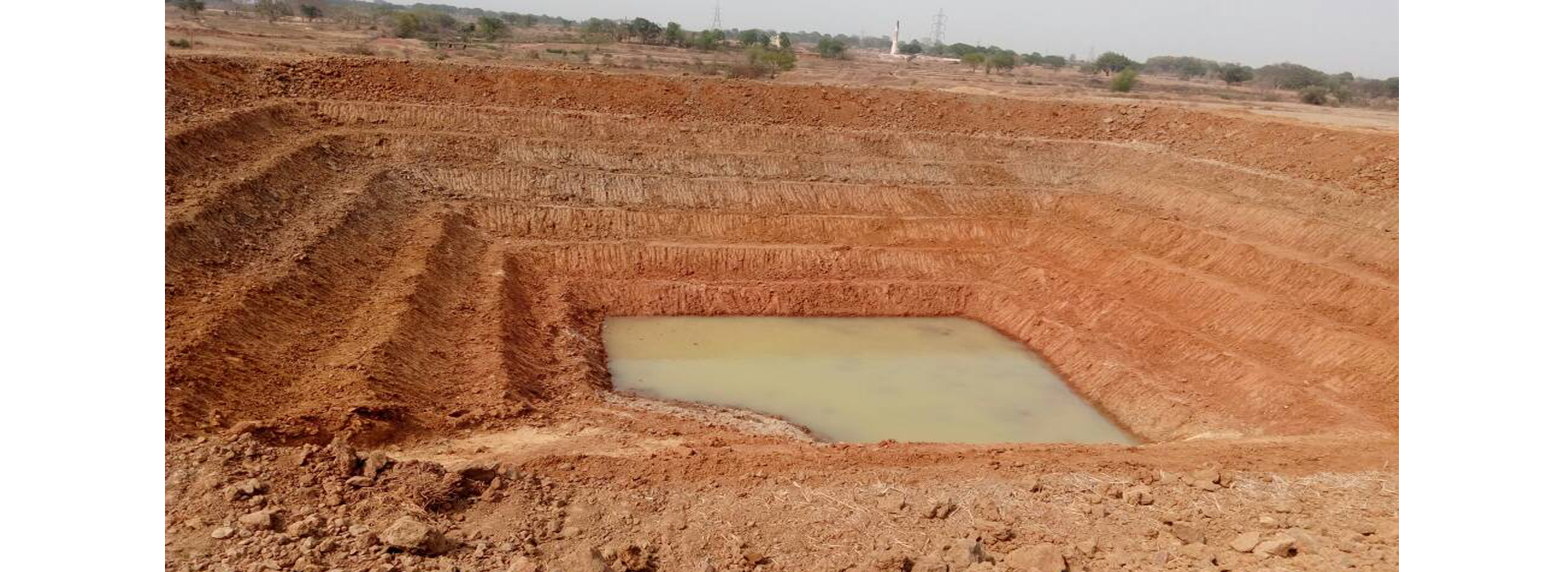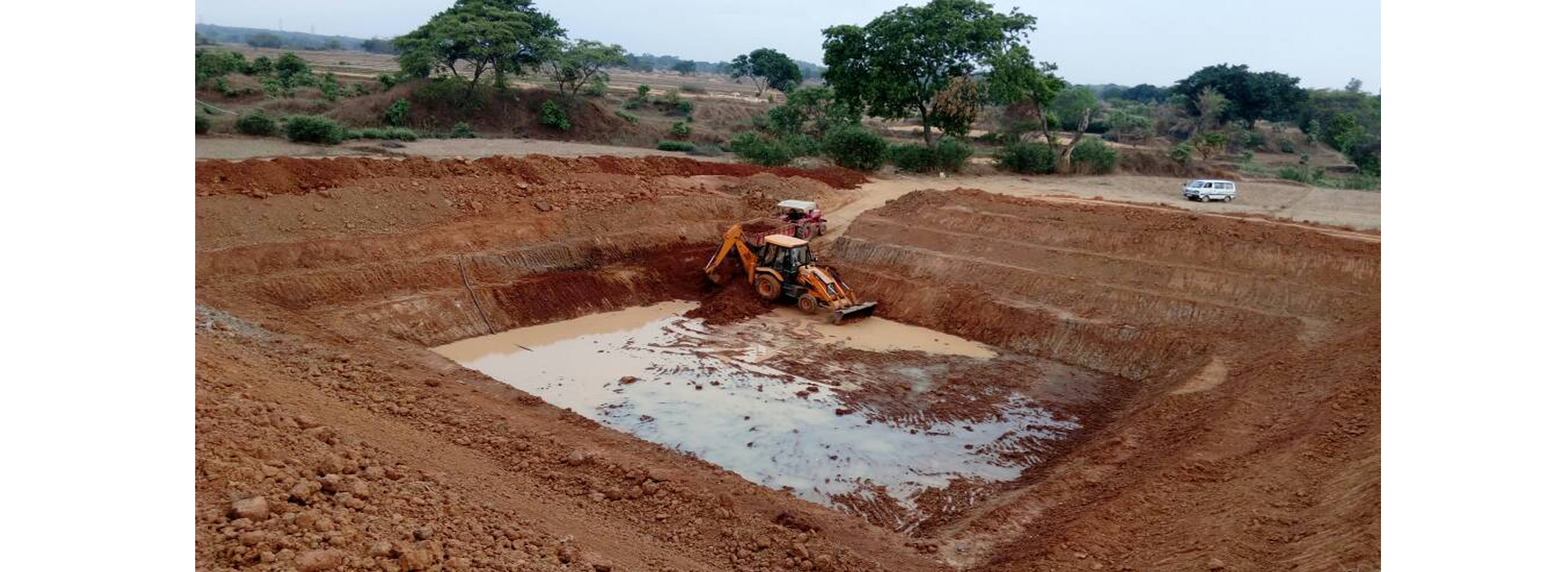Watershed Management : Watershed Management refers to the conservation, sustainable use, and restoration of natural resources within a defined watershed area. It involves managing land, water, and ecosystems to enhance water availability, prevent soil erosion, and improve livelihoods. A watershed is a geographical area that drains rainfall and surface water into a common water body like a river, lake, or reservoir. Objectives of Watershed Management • Conserve Soil & Water: Prevent soil erosion and enhance groundwater recharge. • Sustainable Agriculture: Improve land productivity and promote climate-resilient farming. • Community Livelihoods: Strengthen rural economies through water-based livelihoods (e.g., farming, animal husbandry). • Biodiversity Conservation: Restore ecological balance and protect natural habitats. • Climate Resilience: Mitigate the impacts of droughts, floods, and other climate risks. Key Components of Watershed Management 1. Soil & Water Conservation • Soil Conservation: Techniques like contour plowing, terracing, and vegetative barriers. • Water Harvesting: Building check dams, percolation tanks, and farm ponds to capture rainwater. • Groundwater Recharge: Using recharge pits, trenches, and well-recharging systems. 2. Land Use Planning • Agroforestry: Integrating trees with crops to improve soil fertility and biodiversity. • Crop Diversification: Promoting drought-tolerant and climate-resilient crops. • Pasture Management: Managing grazing areas to prevent overuse and restore vegetation. 3. Community Participation • User Groups: Forming Water User Associations (WUAs) for local governance and decision-making. • Capacity Building: Training communities in sustainable land and water practices. • Gender Inclusion: Ensuring women’s participation in planning and decision-making. 4. Erosion Control & Water Flow Regulation • Check Dams & Gully Plugging: Slowing down water runoff and preventing soil loss. • Riverbank Protection: Stabilizing riverbanks with vegetation and structural measures. • Drainage Management: Channeling excess water safely through drainage lines. 5. Livelihood Promotion • Sustainable Agriculture: Introducing organic farming, horticulture, and micro-irrigation. • Livestock Development: Supporting improved animal husbandry and fodder cultivation. • Micro-Enterprises: Promoting small businesses like honey production and handicrafts. Approaches to Watershed Management 1. Integrated Watershed Management (IWM): A holistic approach combining land, water, and livelihood strategies for sustainable outcomes. 2. Participatory Watershed Management: Engaging local communities in planning, execution, and monitoring. 3. Climate-Resilient Watershed Management: Incorporating climate adaptation measures to address changing weather patterns. Benefits of Watershed Management • Improved Water Security: Enhances water availability for irrigation, drinking, and livestock. • Enhanced Soil Health: Reduces erosion and increases soil moisture retention. • Sustainable Livelihoods: Strengthens agricultural productivity and income diversification. • Disaster Risk Reduction: Minimizes risks from droughts, floods, and land degradation. Policy Framework & Programs in India • Watershed Development Component (WDC-PMKSY): Focuses on restoring degraded watersheds under the Pradhan Mantri Krishi Sinchayee Yojana. • Mahatma Gandhi National Rural Employment Guarantee Act (MGNREGA): Supports labor-intensive watershed activities like water harvesting. • Jal Shakti Abhiyan: A government campaign promoting water conservation and management. Challenges in Watershed Management • Community Participation: Ensuring sustained engagement and ownership. • Climate Change Impacts: Managing increasing variability in rainfall and temperature. • Policy Coordination: Integrating watershed initiatives with broader rural development programs.

